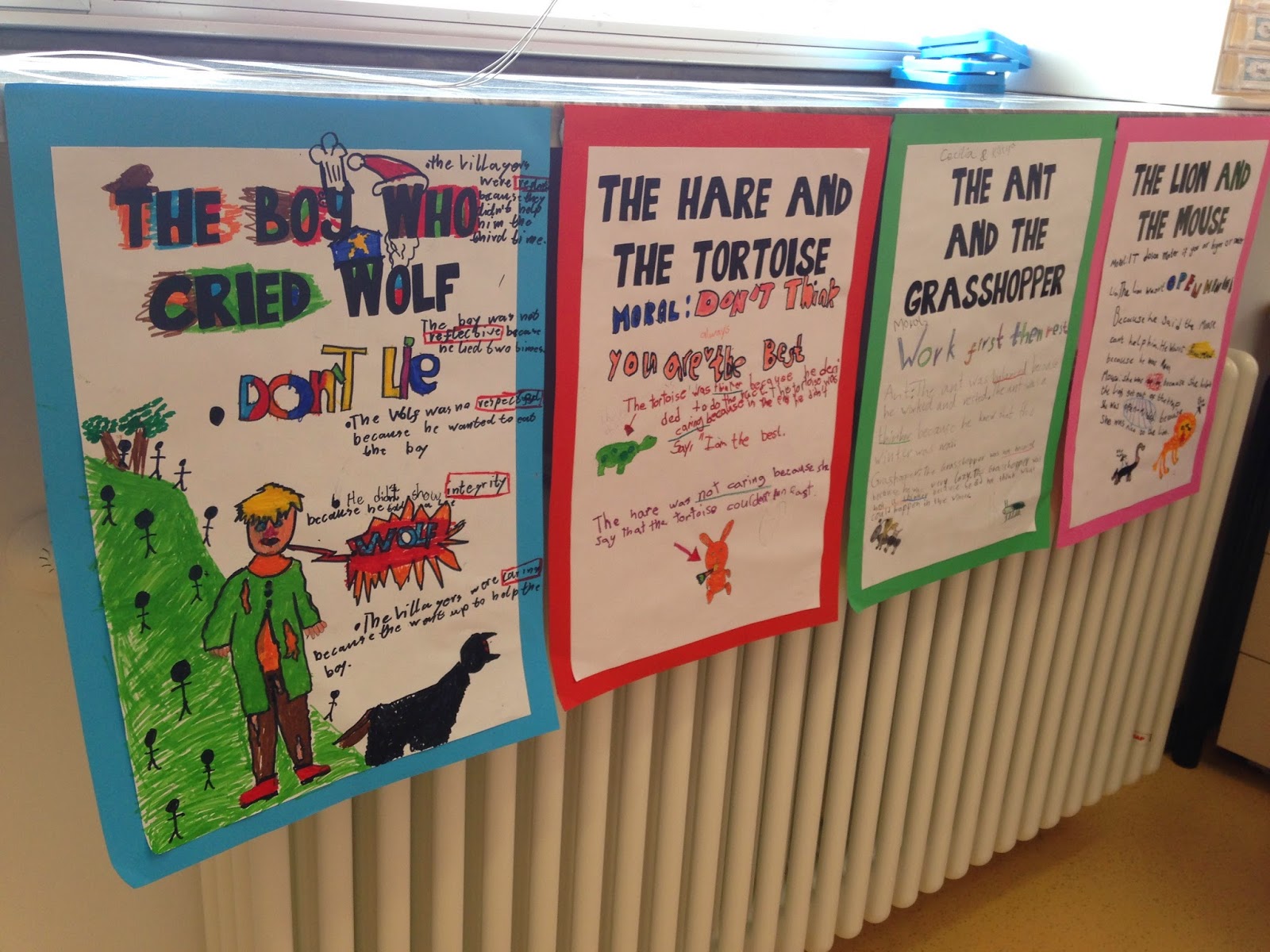I've just finished my "How We Express Ourselves" unit of inquiry called "Tell Tale." Our central idea was "Ideas are expressed through stories and tales all around the world." It has been my favourite unit of inquiry to plan for and teach this year.
Here's an idea of some of the things we did:
Week 1: Cinderella Around The World I- Revised the story of Cinderella, worked on character descriptions. We then listened to the story of "The Invisible Warrior" (also known as "The Rough Faced Girl") and conducted research into Native American culture. We also made some dream-catchers.
Week 2: Cinderella Around the World II - We looked at the story of Yeh Shen (Chinese Cinderella) and Rhodopis (The Egyptian Cinderella). We used Venn diagrams to compare the different versions of Cinderella and the children used investigation sheets to carry out research into Chinese and Ancient Egyptian culture. The children then created a costume for one of these Cinderellas inspired by their culture.
Week 3: Fables I- We looked at the difference between fables and fairytales and made posters to show the characteristics of both types of story. The children examined many fables. They worked on identifying the morals of stories, filling out story maps and writing their own version of "The Boy Who Cried Wolf."
 |
| Flashcards from Yvonne Dixon and nice/nasty character traits word mat from Sparklebox |
Week 4: Fables II - We continued examining some more fables and discussing their applications in real-life situations. The children created another fable of their own based on "The Ant and the Grasshopper." They then created an animation of their own story using the iPad application, Puppet Palls HD. They purchased the "Directors' Pass" (in app purchase) so that they could design their own backgrounds and characters to include in their animation. The children then reflected on what Learner Profile attributes/PYP attitudes the characters did (or did not!) show!
Week 5: Folktales and legends - This week we focused on identifying cultural clues that tell us about where the stories were set. We looked at several stories from around the world and plotted the countries on a map. The children carried research into the culture behind these stories.
Week 6: Legends, assessment, reflection - For the final week of the unit, we looked at some Irish stories (it tied in nicely with St. Patrick's Day). The children then planned and carried out their summative assessment - to write an alternative version of a familiar story including elements of a culture of their choice. They made a plan, drafted, edited (using a self-assessment checklist), redrafted and illustrated their story.
I hope this post is useful to anybody doing a fairytakes, folktales and fables theme or any IB PYP teachers doing a similar unit.





No comments:
Post a Comment